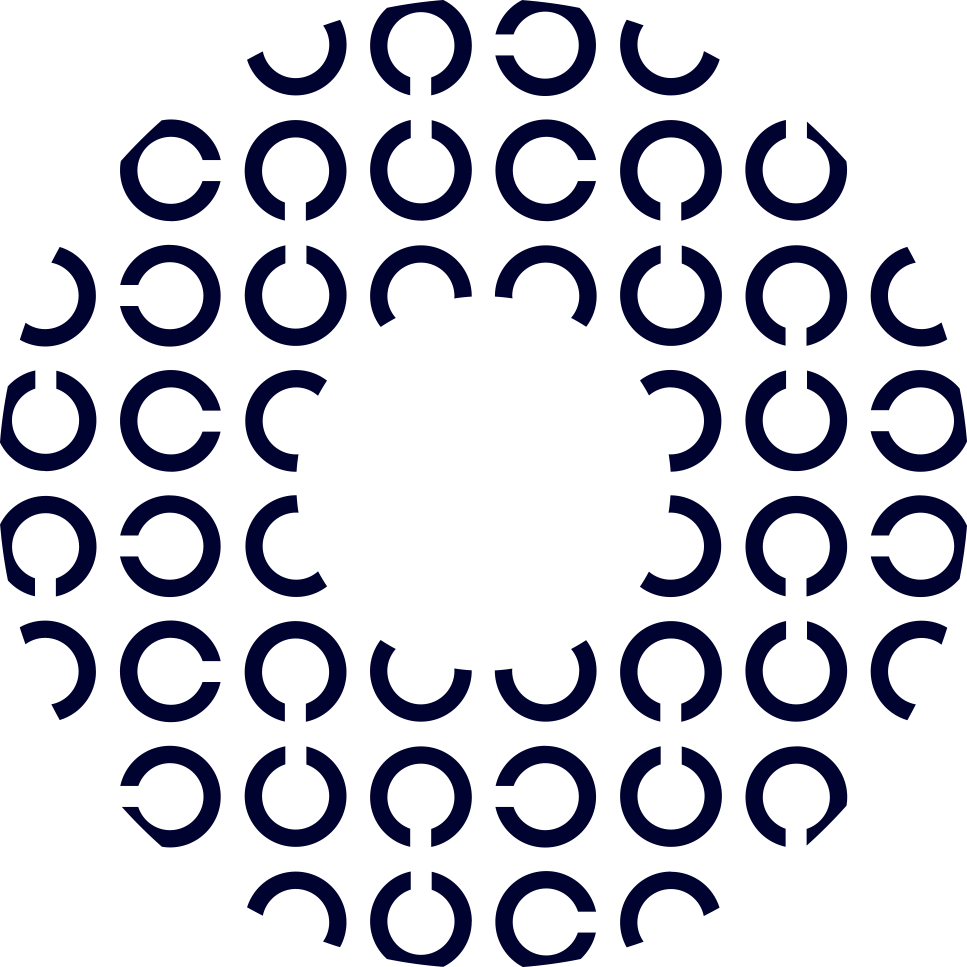- What is glaucoma?
- Types of glaucoma
- Symptoms of glaucoma
- What causes glaucoma?
- Risk groups
- Glaucoma research
- Treatment of glaucoma
Do you have complaints or doubts about your vision?
Don't keep walking around with it. Contact one of the stores in your area and ask about the options.
What is glaucoma?
Glaucoma is a disease of the optic nerve. Its cause is still unknown. Disruption of the water balance in the eye often plays a role. This creates too high pressure within the eye. This increased eye pressure restricts the blood supply to the optic nerve. As a result, the fibers of the optic nerve become increasingly damaged. If the eye pressure remains too high, the nerve fibers will be damaged. As a result, parts of the field of vision disappear without anyone noticing.
In the early stages, glaucoma often does not cause any complaints. Early recognition is important because untreated glaucoma can lead to irreversible damage to the optic nerve and ultimately blindness. The intraocular pressure is often increased, but that is not always the case. Glaucoma can also develop with normal or even low intraocular pressure. Poor blood supply to the optic nerve often plays a role.
Types of glaucoma
The most common form of glaucoma is primary open-angle glaucoma. Glaucoma can also develop as a result of other problems with the eyes: injuries, inflammation, tumors, blockage of a blood vessel, other eye diseases or eye abnormalities. We then speak of secondary glaucoma. Acute (angle-closure) glaucoma is a disease characterized by attacks of greatly increased eye pressure. This is because the access route to the drainage system of the eye fluid is closed: closure of the chamber angle. Acute glaucoma causes a red eye, is painful and vision is greatly reduced due to a cloudy cornea.
A congenital form of glaucoma can sometimes be found in babies, children and young adults. This usually involves a congenital abnormality in the development of the drainage system for the internal eye fluid.
Symptoms of glaucoma
Glaucoma is often accompanied by the following complaints:
Pain in and around the eye
Red and dull eye
Blurred vision
Headache, nausea, vomiting
You bump yourself more often and are less likely to notice things in your environment
-
Poor visibility in the dark
What causes glaucoma?
The cause of glaucoma is not yet known in detail within science. But there are a number of factors that increase the risk of glaucoma. Although increased eye pressure does not automatically mean you will develop this disease, it is a sign that you are at risk. It has now been shown that heredity plays a major role. If first or second degree relatives have this disease, the chance is 10 times higher that you will develop it in your lifetime. Age is also a determining factor. Older people are much more likely to suffer from this disease. And do you suffer from severe nearsightedness or farsightedness? Then you also belong to this risk group.
Risk groups
When are you at risk of developing glaucoma?
If you have increased eye pressure
If glaucoma runs in your family
If you are 40 years and older
If you are highly farsighted or nearsighted
Glaucoma research
The most important research methods for glaucoma are:
Eye pressure measurement: eye pressure measurement using applanation method
Ophthalmoscope
Visual field examination: perimetry with the Humphrey Field Analyser
-
Gonioscopy (assessing the chamber angle).
If glaucoma is suspected, at least these four tests will be performed. Even if glaucoma has been diagnosed, these four examinations will usually be performed during check-ups.
Treatment of glaucoma
With proper treatment, further damage to the optic nerve and therefore the visual field can be stopped or delayed. The treatment is always aimed at lowering the eye pressure. In the Netherlands, a protocol has been drawn up for treating excessive eye pressure in open-angle glaucoma. This protocol shows the order of preference for treatment:
Initially, eye drops are prescribed
One starts with a beta blocker
If there is insufficient pressure reduction, the beta blocker is replaced by a drug with a different active substance
If this has insufficient effect, a combination of remedies is used
If treatment with medication has insufficient effect, laser treatment or surgery, the so-called filtering operation, is performed. Both procedures aim to improve the drainage of the internal fluid in the eye
We are ready for you
Don't keep walking around with it. Contact one of the stores in your area and ask about the options.

